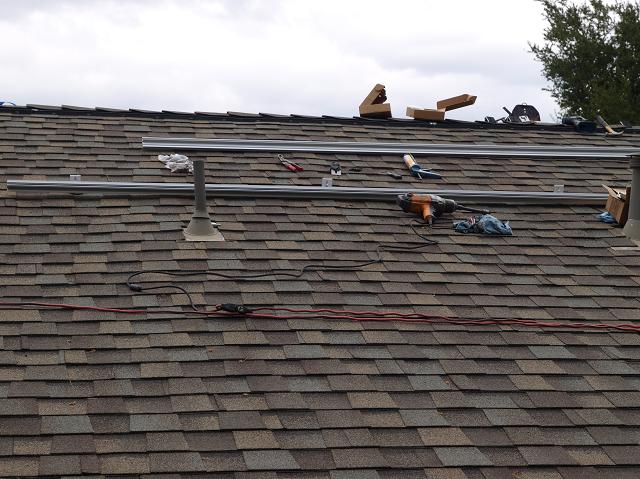I use mirrorless cameras; more specifically, the Micro
Four/Thirds (MFT) subspecies of mirrorless cameras. At any moment in time I
think most photographers believe that their chosen equipment is the best; if
not for everybody, then at least, for them. Truth be told, there are many fine
camera makes and models and most of us would probably be happy with most of
them. Given that we usually have some financial and time constraints, we try to
settle on one brand and then defend our choice vociferously. In almost every
case, the camera is better than the photographer.
This post is not to help me validate my choice because I am
already convinced. This is to help others validate their choice or to help them
make up their minds if they are on the fence. Since there are many similar
articles around the internet, this will just add a minor amount of weight to
the mirrorless vs. DSLR debate.
The fundamental reasons I like my MFT cameras are size and weight.
I find them so much easier to use than bigger DSLRs. Not only are mirrorless
cameras smaller and lighter, their lenses are also smaller and lighter. By
removing the mirror, the lens can be closer to the sensor, allowing the lens to
shrink. If you use a slightly smaller sensor like I do, camera and lens shrink
even more. In most cases, reducing the size of the lens also reduces the cost.
My MFT cameras are smaller, lighter, and less expensive than corresponding DSLR
cameras; either full frame or APS-C format. Another, less talked about, reason
for choosing mirrorless cameras is innovation. Most of the manufacturers of
mirrorless cameras have been innovating at a much faster rate than the
traditional DSLR manufacturers (read Canon and Nikon). They have been coming
out with new models and new features at an astonishing clip.
Another feature of mirrorless cameras made possible by the reduction in distance from lens to sensor is the ability to use lens adapters. In the MFT world, there are lens adapters for just about any DSLR or SLR lens ever made. This has made the transition to mirrorless easier for many because they could still use their expensive legacy lenses with the new cameras, albeit usually without autofocusing.
I do a lot of travel photography so the size and weight of my photography kit is extremely important. The smaller/lighter argument for mirrorless really strikes home when trudging around tourist sites all day. My cameras and lenses weigh about 1/2 that of full frame DSLRs and without a discernable difference in image quality. The high-end DSLR folks will fuss a little about low-light capability and sniff about "bokeh" but if those are the only rafts on which to cling, they had better learn to swim.
If they are so good, why haven’t there always been
mirrorless cameras (I’m not counting rangefinder cameras from the film days)? For me, the breakthrough in technology that
made mirrorless cameras practical was the evolution of the electronic viewfinder
(EVF). Lacking a mirror and a prism to allow the user to look through the lens,
the mirrorless camera must extract that information from the camera’s sensor
and display it on a tiny electronic screen in the viewfinder. I had a couple of
super-zoom “bridge” cameras before the mirrorless boom and the EVFs were
terrible. The color was wrong, they were laggy, and the resolution looked like
Minecraft. But the EVF technology evolved rapidly and when it got to a certain
point, mirrorless cameras with a viewfinder (not just an LCD screen to be
viewed at arm’s length) became cameras that could actually be used like a DSLR.
EVFs also brought along the ability to have a bright image even when the
subject was dark, a very useful feature.
Now I use Micro Four Thirds mirrorless cameras that have
awesome image quality, leading edge features, and are smaller and lighter than
their traditional brethren. I was once a Canon shooter, then Olympus, and now
Panasonic. In my next post I will trace the path to where I am today.
















































%2Bof%2Bpanels%2B-%2Bthat's%2Ba%2B250%2BVDC%2B9%2Bamp%2Bspark.JPG)

